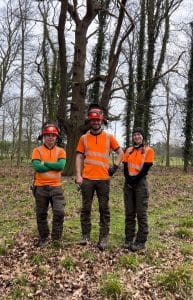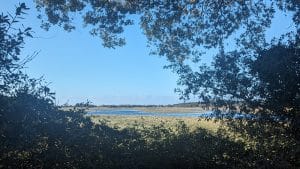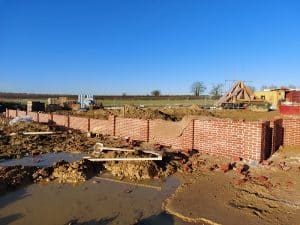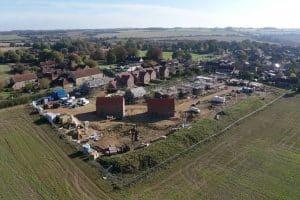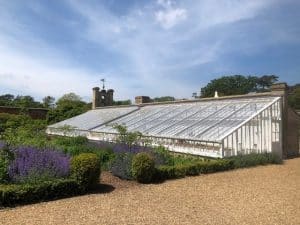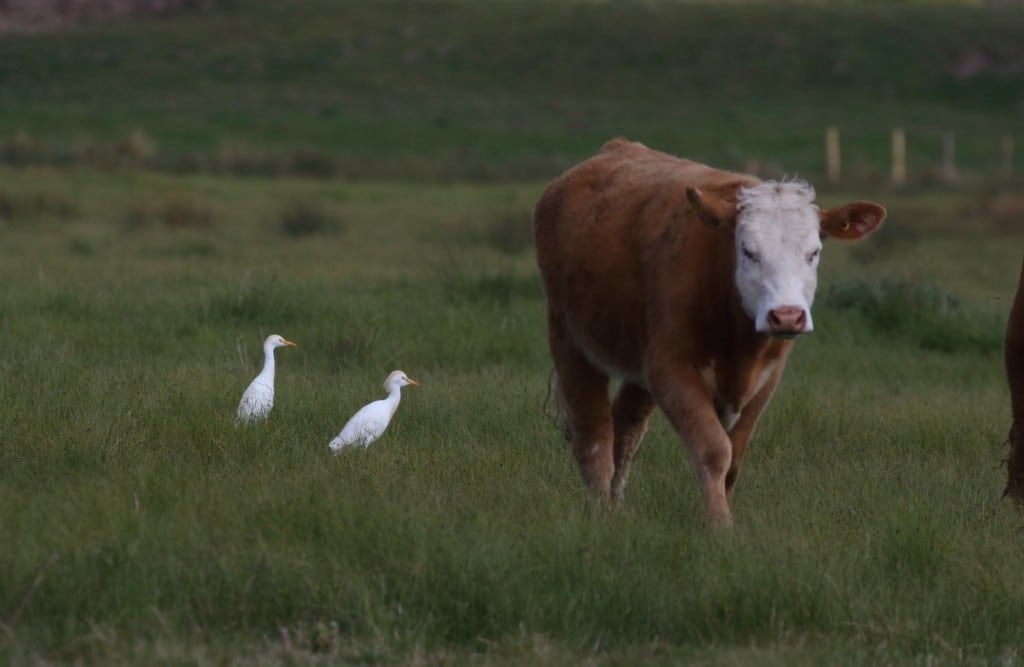
A New Species of Breeding Bird at Holkham
July 8, 2020 | Land management | 3 minute read

Holkham National Nature Reserve has had another new species added to its growing list of breeding birds, the Cattle Egret, a small, colourful member of the heron family. The bird gets its name from its association with cows, with which it can be seen foraging around for insects, voles and amphibians the livestock disturb. In a World of climatic change, it is the herons and egrets traditionally associated with warmer clines that have prospered.
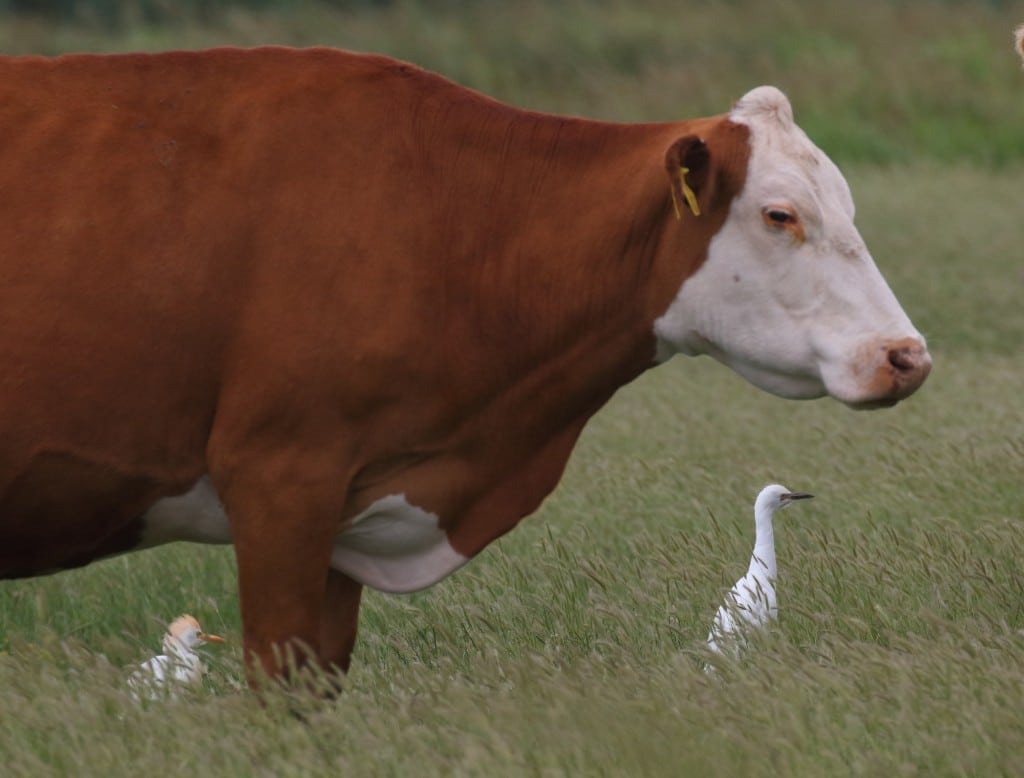
In the last 20 years, we have seen Little and Great White Egrets, Spoonbills and Cattle Egrets colonize the UK and Holkham has been at the hub of it with all of those species nesting. With their bright white plumages and exotic looks, they all add to an increasing Mediterranean ambience of birdlife colonizing the Norfolk coast. Holkham offers a safe undisturbed woodland area where the four breeding pairs were discovered in the middle of freshwater grazing marshes where cattle graze and water levels are maintained to create a mixture of flooded fields and drier areas; ideal habitat for all the prey species that these colonists need to survive.
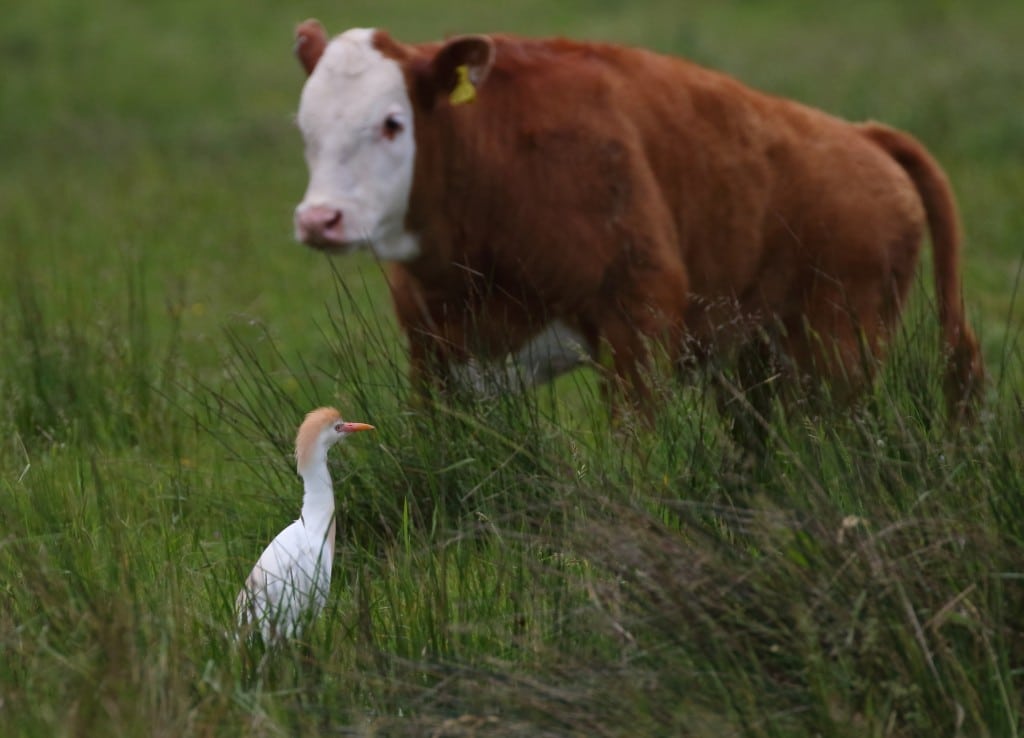
Cattle Egrets are one of the real success stories of the modern World having a cosmopolitan distribution in predominantly hot countries. The Americas were actually colonized quite rapidly by pioneering migrants that were thought to have actually migrated across the Atlantic Ocean! The UK has been a far more recent addition with 2008 the year when nesting was first noted in Somerset. Other counties have followed but this is the first year in which Norfolk has been favoured. In African countries, Cattle Egrets are commonly seen feeding on the backs of or around the feet of elephants and hippos. Sadly there are none of those here so they will have to make do with Holkham’s herds of Devonshire crosses and Belted Galloways!
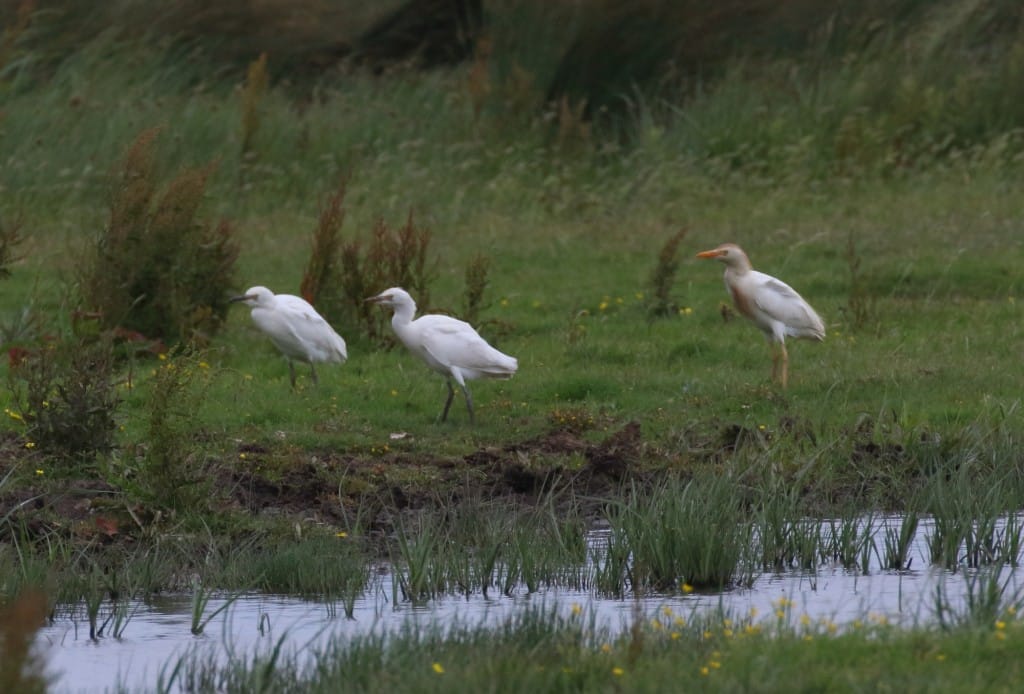
Pictures: Andy Bloomfield, Senior warden Holkham NNR
View all latest blog posts here.
